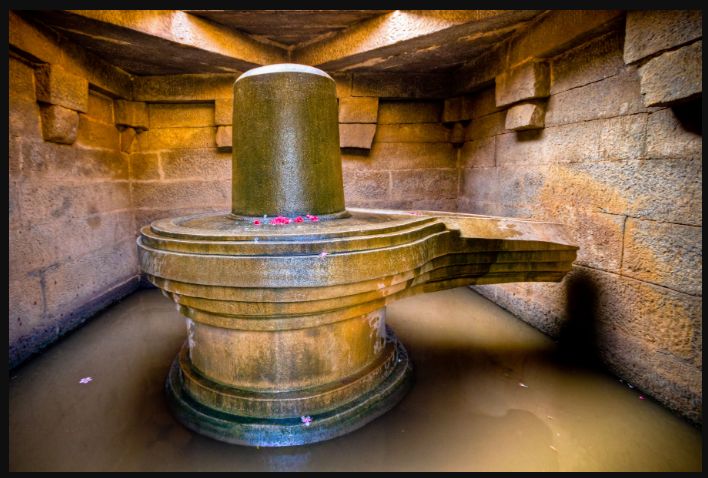Ancient Lingams Are Rotating Machines
In India, Lingams hold significant cultural, religious, and spiritual importance in Hinduism. A Lingam is a representation of the Hindu god Shiva, the deity associated with destruction, transformation, and regeneration in the Hindu pantheon. The Lingam is often depicted as an abstract or symbolic representation of Shiva’s creative and generative powers, as well as his cosmic and universal nature.
Here are some key points about Lingams in the context of Indian culture and Hindu religious practices:
1. Symbolism: The Lingam is typically depicted as a cylindrical or oval-shaped object, often made of stone, metal, or crystal. It is usually set on a pedestal called a yoni, which represents the feminine aspect of Shiva’s consort, Parvati. Together, the Lingam and yoni symbolize the union of masculine and feminine energies, creation and destruction, and the cycle of life and death.
2. Worship: Lingams are worshipped in temples and shrines dedicated to Shiva throughout India and in other parts of the world where Hinduism is practiced. Devotees offer prayers, flowers, milk, water, and other offerings to the Lingam as a sign of reverence and devotion. The act of worshiping the Lingam is believed to bring blessings, protection, and spiritual upliftment to the devotee.
3. Jyotirlingas: There are twelve Jyotirlingas, or sacred Lingams, located in different parts of India, each of which is believed to be a manifestation of Shiva’s divine light or energy. These Jyotirlingas are considered highly sacred by devotees, and pilgrimages to these sites are undertaken by millions of Hindus each year.
4. Symbol of Fertility and Creation: In addition to its religious significance, the Lingam is also associated with fertility, creation, and the cosmic power of regeneration. It is often used in rituals and ceremonies related to marriage, childbirth, and other auspicious occasions to invoke blessings for prosperity and abundance.
5. Philosophical Interpretations: From a philosophical standpoint, the Lingam is often interpreted as a symbol of the formless, eternal, and immutable nature of the divine. It represents the essence of Shiva as the supreme reality (Brahman) beyond all forms and attributes, transcending the limitations of time, space, and duality.
Overall, Lingams play a central role in Hindu religious and spiritual practices, serving as a tangible symbol of divine presence, cosmic power, and spiritual transformation for millions of devotees around the world.
